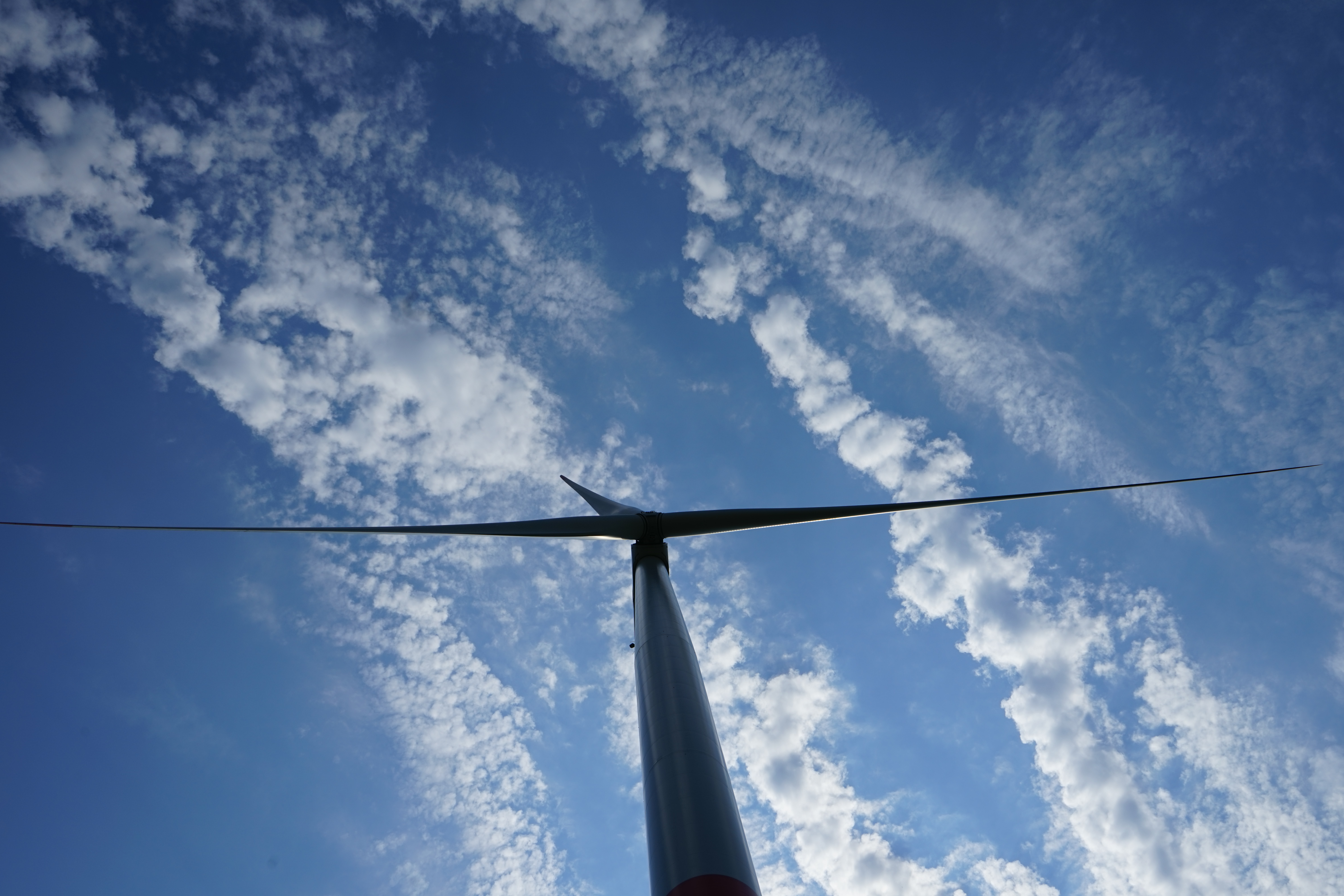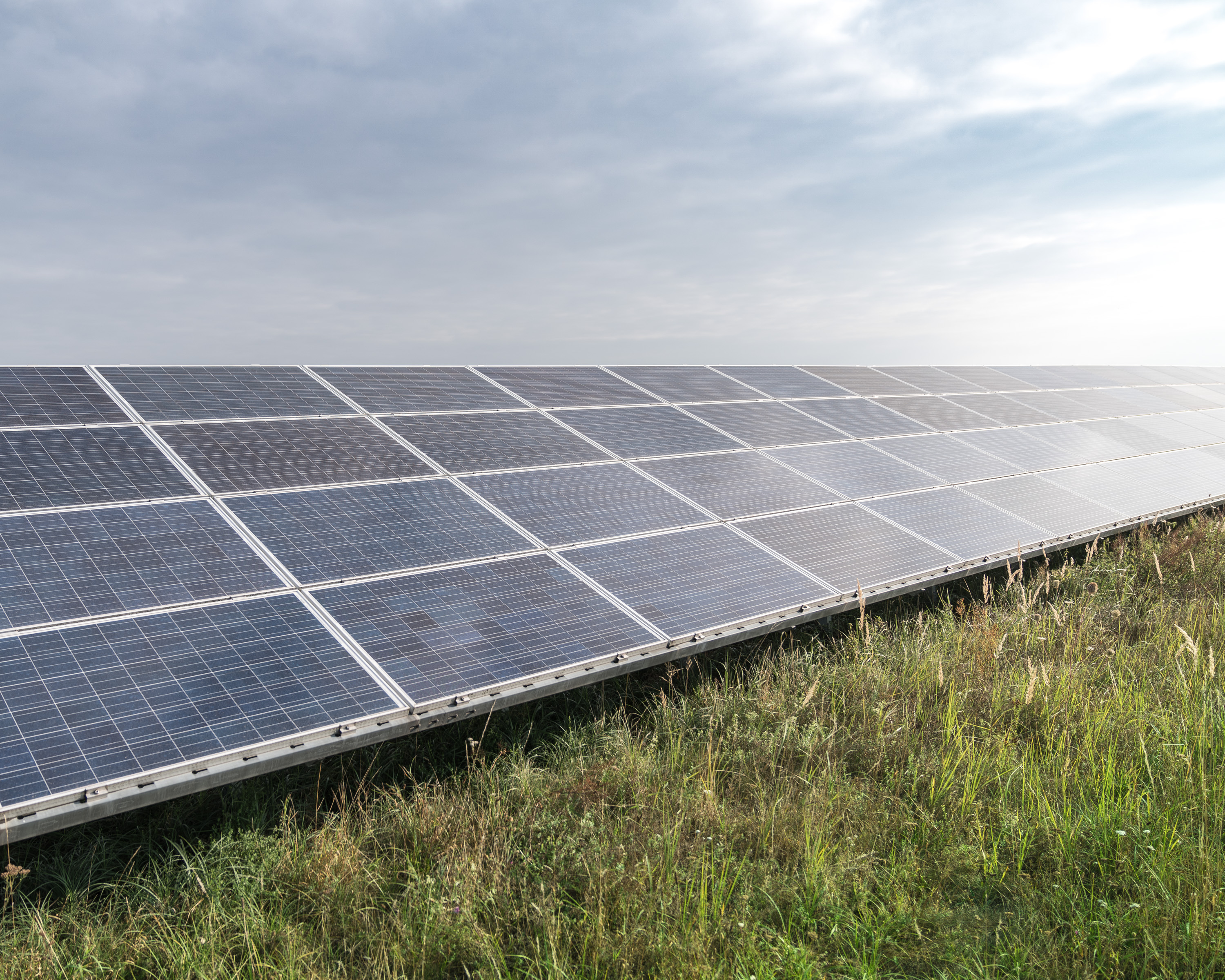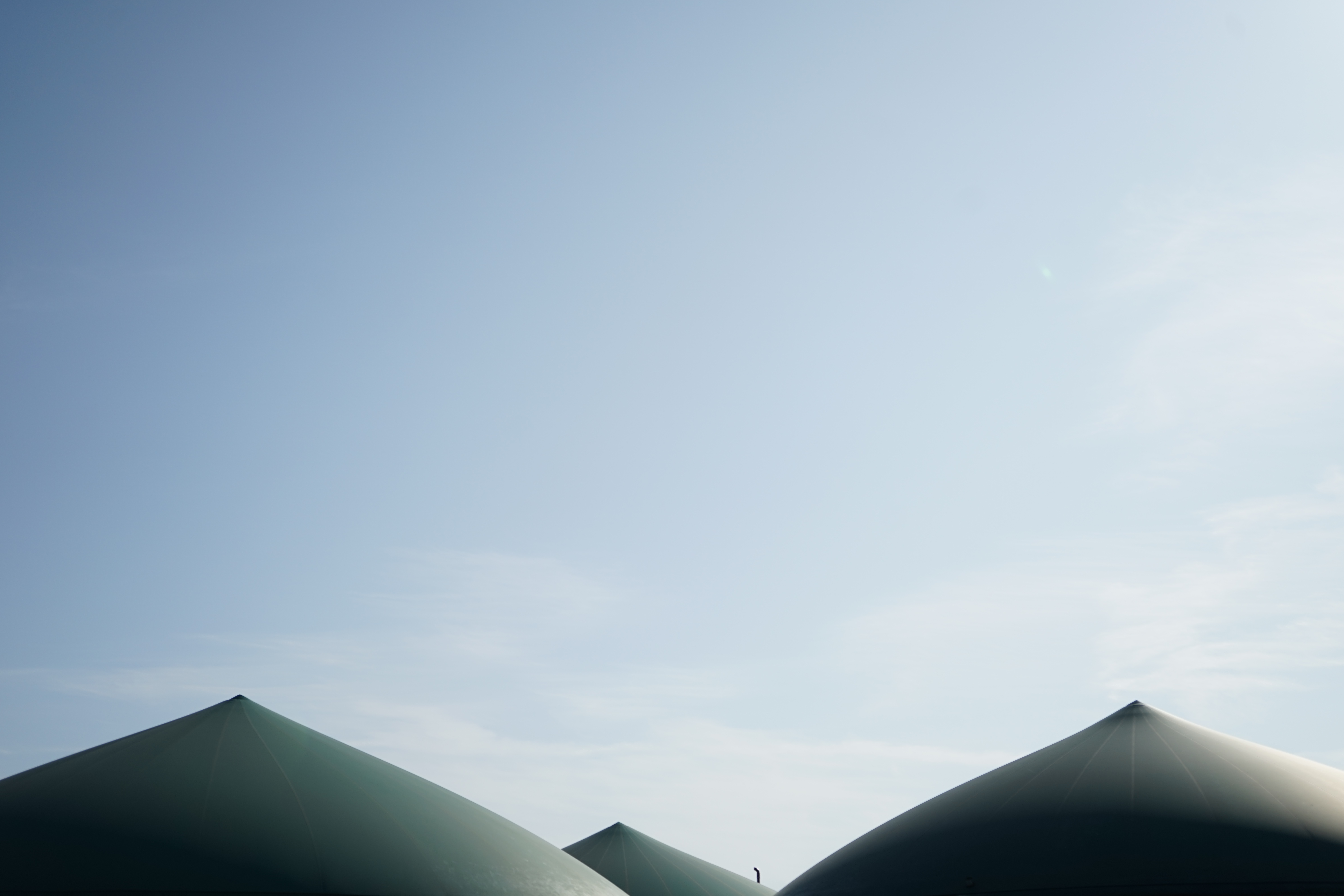Wind

Inaddition to this 1,539 offshore wind turbines (OWEA) with a total capacity of 8.1 GW were in operation in Germany. Of these, 38 plants with a total output of 342 MW fed into the power grid for the first time in 2022.
Renewable energies are clean and reduce the greenhouse gas effect and health burdens. There are also many economic reasons for renewables: Sun, wind and biomass, geothermal heat and water are domestic energy sources that can be used to save on expensive fossil fuel imports.
Renewable energies have undergone constant growth in Germany. Their share of renewable energies in Germany in gross final energy consumption reached 20.4 per cent in 2022. According to calculations by the German Environmental Agency, approximately 232 million tonnes of carbon dioxide equivalents were avoided in 2022 through the adoption of renewables.
In terms of electricity generation, the share of renewables has shown remarkable expansion over the years. Starting at a mere 6.3 percent in 2000. By 2022, renewable energy sources supplied 254 billion kilowatt-hours of electricity, representing 46.2 percent of the electricity demand in Germany. The proportion of renewables used for heating and cooling purposes has experienced a substantial increase, rising from 4.4 percent in 2000 to 17.4 percent in 2022. Biomass (solid, liquid, and gaseous) continues to be the primary energy source in this sector (77 percent). Solar thermal plants and heat pumps have also seen rapid growth since the early 2000s, now contributing approximately 16 percent of renewable heat. The remaining 7 to 8 percent is derived from the renewable fraction of waste. Among all sectors, the transport sector has the lowest share of renewable energy sources with 6.8 percent in 2022. The primary renewable sources in this sector are biodiesel, bioethanol, and an expanding portion of renewable electricity.

Inaddition to this 1,539 offshore wind turbines (OWEA) with a total capacity of 8.1 GW were in operation in Germany. Of these, 38 plants with a total output of 342 MW fed into the power grid for the first time in 2022.
 Both heat and electricity can be generated from the sun's radiation. The demand for photovoltaic and solar storage systems from property owners has experienced significant growth between 2019 and 2022, more than tripling during this period. Additionally, the total volume of installed photovoltaic (PV) capacity in the first four months of this year witnessed a notable increase of 51 percent. Looking ahead to the entire year, the BSW (German Solar Association) forecasts the installation of 9-11 gigawatts of new solar power capacity in Germany, surpassing the previous year's figure of 7.4 GW.
Both heat and electricity can be generated from the sun's radiation. The demand for photovoltaic and solar storage systems from property owners has experienced significant growth between 2019 and 2022, more than tripling during this period. Additionally, the total volume of installed photovoltaic (PV) capacity in the first four months of this year witnessed a notable increase of 51 percent. Looking ahead to the entire year, the BSW (German Solar Association) forecasts the installation of 9-11 gigawatts of new solar power capacity in Germany, surpassing the previous year's figure of 7.4 GW.
However, the solar thermal capacity that was newly installed reached 496 MW, showing an increase from the previous year's 448 MW (refer to the figure above). The proportion of evacuated tube collectors in the newly installed capacity amounted to 26 percent in 2022, a significant rise compared to the previous year's 18 percent. And in addition to this the heating industry sold 111,000 solar storage tank: Almost 57,000 of these were hot water cylinders.

The absolute contribution of renewableenergies in the German transport sector slightly increased in 2022, from 39.4 to 40.4 billion kilowatt-hours. However, their share of the total energy consumption in transportation remained stagnant at 6.8 percent. In 2022, the largest share of renewable energy consumption in transportation was held by biodiesel, accounting for 61%. It was followed by bioethanol at 21%. The share of biomethane was 2.6%.
 Geothermics (geothermal prospecting) is the use of the
earth's heat to produce electricity, heat and cooling energy. Temperatures inside the earth heat the planet’s outer
layers and underground water reservoirs. This energy is tapped with the help of
wells.
Geothermics (geothermal prospecting) is the use of the
earth's heat to produce electricity, heat and cooling energy. Temperatures inside the earth heat the planet’s outer
layers and underground water reservoirs. This energy is tapped with the help of
wells.
For using geothermal energy up to 400 metres deep
("near-surface"), a heat probe combined with a heat pump utilises the
different temperature level between the soil and the ambient air. Number of facilities (such as geothermal probes or collectors in combination with heat pumps): over 470,000 with approximately 4,700 installations. In deeper
strata (>400m), hot water and steam are obtained for district heating grids or to
generate electricity. In Germany, there are 42 plants, with a total installed heat capacity of approximately 417 MW.
 Hydro power was already used in Ancient Egypt and in the Roman Empire to drive machines such as flour mills. In the Middle Ages, water mills were used for paper and saw mills. Since the end of the 19th century, hydro power has been used for generating electricity. On a global scale, hydro power currently is the most important renewable energy source for electricity production.
Hydro power was already used in Ancient Egypt and in the Roman Empire to drive machines such as flour mills. In the Middle Ages, water mills were used for paper and saw mills. Since the end of the 19th century, hydro power has been used for generating electricity. On a global scale, hydro power currently is the most important renewable energy source for electricity production.
The total electricity consumption decreased by 4.0 percent in 2022 to 484.2 TWh. The net electricity generation increased by 0.4 percent to 506.8 TWh. The share of electricity generated from renewable energy sources in the consumption reached 48.3 percent in 2022. 2.8 percent was attributed to hydropower and other renewables.
Social Media